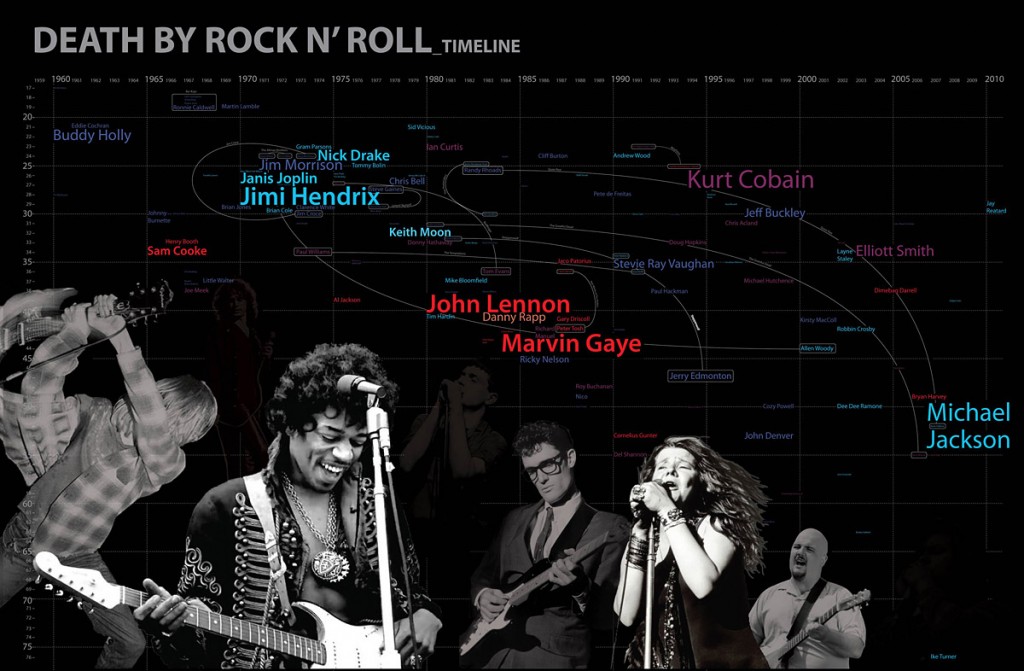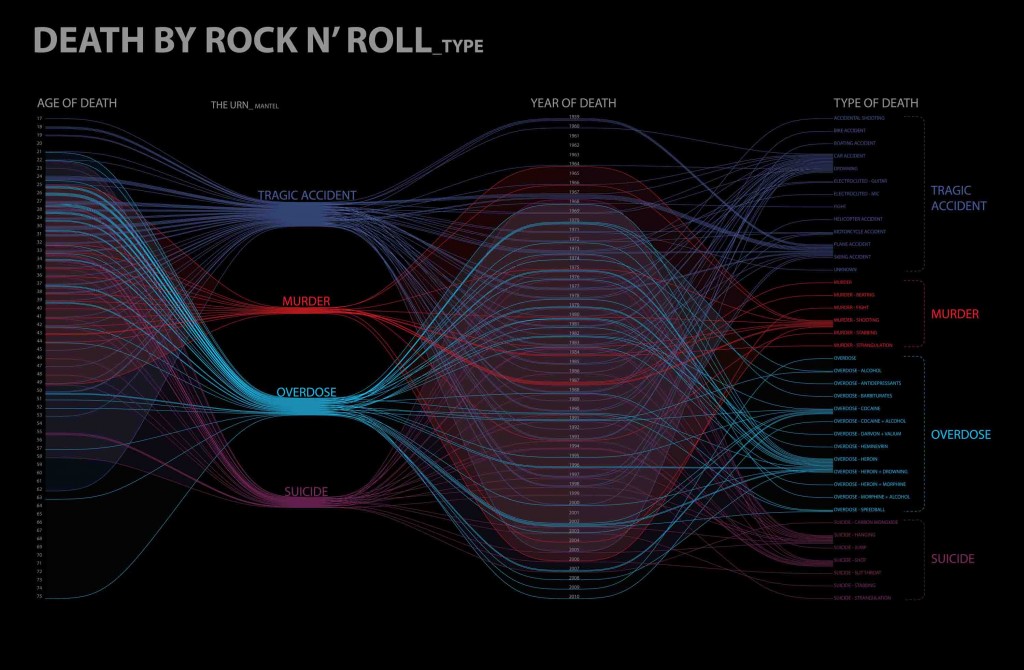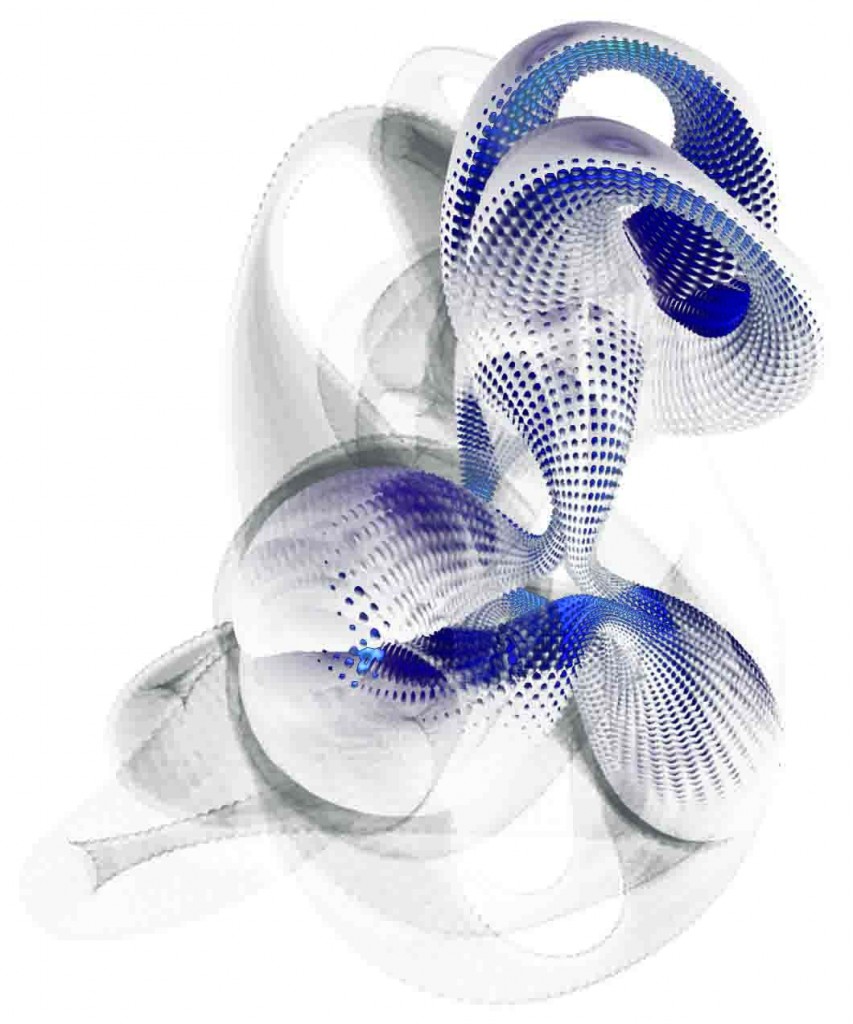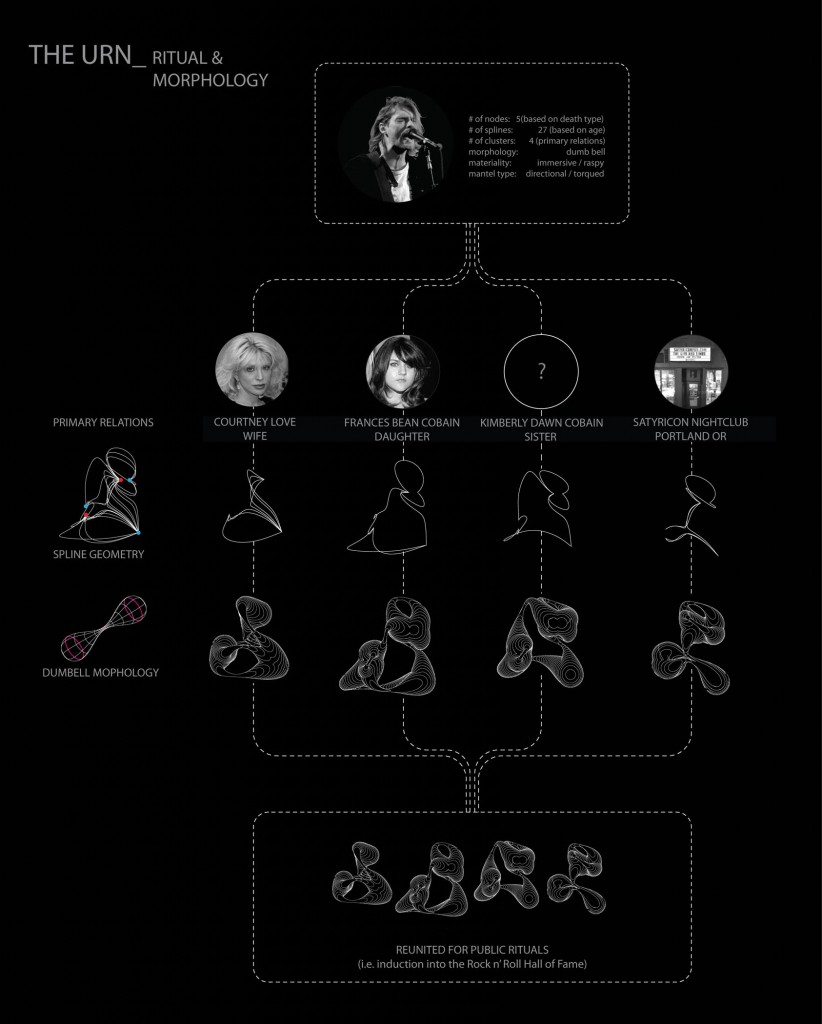Death by Rock n’ Roll
|
Death By Rock n’ Roll Rock and Roll culture has always had an uncanny relationship with death. The death of a rock star creates a cult(ure), marking an unyielding mnemonic point where personality, musical genre and event combine to produce myth. (Think of Jimi Hendrix, Janis Joplin, Sid Vicious and Kurt Cobain to name a few; their individuality, unique musical contributions and the particular way in which each died are forever fused together in our collective memory). If Rock and Roll culture is exclusively within the domain of youth, a premature death is the event that insures it will always remain so. (Pete Townsend never got his wish). The death of a rock star is culturally transformative, creating the moment for a larger, shared and collective experience. It is almost as if the death-story competes with the life-story, eventually to become one story. This phenomenon is unique to Western Culture; like a war hero, the way one died is forever bound to the one who died. From purple hearts to purple haze, the iconic rock star lives like a character within a Greek myth. Taken down by the iconoclastic forces of Rock and Roll, our hero re-emerges larger than life within the pantheon of dead rock stars, forever eternal. Death by Rock n’ Roll is an opportunity to reconceive the crematory urn on terms gleaned from the cultural practice of Rock and Roll. In our case, the urn takes on the role of noting the particular rituals of these heroes, (always stranger than fiction) and leverages them as drivers for a new expression altogether different from the conventional urn typology and practice.
A Retroactive Urn for Kurt Cobain The urn for Kurt Cobain is not a singular vessel, nor will it simply hold his ashes in the conventional sense. Instead, a retroactive urn for Kurt Cobain will be made in multiple pieces, as a family of parts, and will be synthesized from his ashes. Composed as a series of geometric figures and made from his ashes suspended in a substrate, we imagine they will inspire new forms of sharing and distribution rituals enabled by their multiplicity. One configuration (of the four) is to be kept by his surviving wife, Courtney Love. The second will rest in Portland’s Satyricon Nightclub, where Courtney first met Cobain on January 12, 1990. Their daughter, Frances Bean Cobain will keep the third, and his sister Kimberly will keep the fourth. All four parts will eventually be reunited in the Rock and Roll Hall of Fame when he is (inevitably) inducted. The urn is not alone. Each configuration will rest on a custom fabricated mantel. The mantel transforms into a docking plane for the urn. It both receives the urn (by dimpling its surface) and provisionally nests at three particular points of contact. The contoured section of the mantel is derived from an extrusion of Kurt’s facial profile. Like a lost set piece from Jean Cocteau’s Beauty and the Beast, the (traditional) fireplace mantle is caught in a feral moment. While one end of the mantle dwells in a figurative reality, the other occupies a deep psychotropic trance, a time-space proper to the ecstasy and wonder of the Rock and Roll induced dream. The urn is(in)formed by the prosaic aspects of Kurt’s death (age:27, type: suicide)along with the unique characteristics of his musical persona (raspy voice, album cover art). These attributes are converted into the quantitative and qualitative aspects of the urn as an object. Just as rock and roll is a medium that counters main stream culture, the sinuous and unstable nature of the form serves as a counterpoint to the traditional urn type. Together, the size, weight, shape, color, and texture of the urn is intended to simultaneously deliver an immediate and visceral affect as well as sustain traditions of ritual associated with death. Death by Rock and Roll: The Series We envision a series of urns, some retroactive, but most for a future of rock stars not yet expired. While all of the urns would be of a family or genre (much like the music), each would be differentiated according to the qualities and particularities of its subject. The architecture of the urn would capture a cultural mood; much in the same way the musician does (did) with their music, combined with their individual persona. Ultimately we see the urn not only as a vessel commemorating the life of its subject, but also as representative of a larger cultural phenomenon and as an enabler of a cultural event to celebrate it.
Project Credits: Russell Thomsen, Eric Kahn with Heather Flood/F-Lab, Ramiro Diaz-Granados/Amorphis, Carmelia Chiang
|




